Power Sprayer 7.5 HP
₦265,000.00
Description
Power Sprayer | 7.5 HP is a powerful piece of equipment used for a variety of agricultural and horticultural spraying tasks, such as applying pesticides, herbicides, fungicides, and fertilizers. Here’s a comprehensive guide to understanding and using a Power Sprayer | 7.5 HPr:
Key Features of Power Sprayer | 7.5 HP
- Engine
- Powerful 7.5HP Engine: Provides sufficient power for high-pressure spraying tasks.
- Fuel Type: Typically gasoline-powered, but diesel options are also available.
- Pump
- High-Pressure Pump: Capable of delivering high volumes of liquid at significant pressure, ideal for large coverage areas.
- Adjustable Pressure: Allows you to control the pressure output to suit different spraying tasks.
- Tank Capacity
- Large Tank: Typically ranges from 50 to 100 liters or more, enabling extended spraying without frequent refilling.
- Hose and Nozzles
- Long Hose: Usually comes with a durable, high-pressure hose that can reach distant or elevated areas.
- Multiple Nozzle Options: Different types of nozzles for various spray patterns and applications, including adjustable and interchangeable nozzles.
- Mobility
- Mounted on Wheels: Often mounted on a trolley or cart with wheels for easy maneuverability.
- Portable Options: Some models are portable and can be carried or mounted on vehicles for larger agricultural fields.
- Control Features
- Throttle Control: Allows easy adjustment of the engine speed.
- Safety Features: Includes features like automatic pressure relief valves and filters to ensure safe and reliable operation.
Benefits of Power Sprayer | 7.5 HP
- Efficiency
- High Coverage: Capable of covering large areas quickly due to its high-pressure output and large tank capacity.
- Consistent Spray: Provides a uniform and consistent spray pattern, ensuring even application of chemicals.
- Versatility
- Multiple Applications: Suitable for a variety of spraying tasks, including pest control, fertilization, and weed control.
- Adjustable Settings: Pressure and nozzle adjustments allow for customization based on the specific task and type of vegetation.
- Durability
- Robust Construction: Built to withstand heavy use in agricultural settings, with durable materials that resist corrosion and wear.
Applications
- Agriculture
- Used for spraying crops with pesticides, herbicides, and fertilizers.
- Suitable for large farms, orchards, and plantations.
- Horticulture
- Ideal for nurseries, greenhouses, and landscaping projects.
- Pest Control
- Used by professional pest control services for large-scale spraying.
Usage Instructions
- Preparation
- Fuel and Oil: Ensure the engine has the appropriate fuel and oil levels. Check the manufacturer’s recommendations for the correct fuel type and oil grade.
- Mix Chemicals: Prepare the spray solution according to the manufacturer’s instructions. Fill the tank with the prepared solution.
- Startup
- Prime the Pump: Prime the pump if necessary, following the manufacturer’s instructions.
- Start the Engine: Use the choke and pull-start mechanism (or electric start if equipped) to start the engine. Allow it to warm up for a few minutes.
- Operation
- Adjust Pressure: Set the desired pressure using the pressure control knob or lever.
- Select Nozzle: Attach the appropriate nozzle for the task at hand.
- Begin Spraying: Hold the spray gun and begin spraying, moving systematically to cover the area evenly.
- Monitor: Keep an eye on the pressure gauge and engine performance. Refill the tank as needed.
- Shutdown
- Turn Off the Engine: Turn off the engine once the spraying task is completed.
- Relieve Pressure: Release any remaining pressure in the system by opening the spray gun or a designated pressure relief valve.
- Clean Equipment: Clean the tank, hose, and nozzles to prevent clogging and corrosion.
Maintenance of Power Sprayer | 7.5 HP
- Regular Checks
- Inspect Hoses and Connections: Check for leaks, cracks, and wear. Replace damaged parts as needed.
- Clean Filters: Regularly clean or replace filters to maintain optimal performance.
- Engine Maintenance
- Oil Changes: Change the engine oil according to the manufacturer’s schedule.
- Spark Plug: Check and replace the spark plug if necessary.
- Air Filter: Clean or replace the air filter regularly.
- Winterization
- Drain Fuel: If storing for an extended period, drain the fuel to prevent degradation.
- Store Indoors: Store the sprayer in a dry, sheltered location to protect it from the elements.
Safety Tips
- Protective Gear
- Wear appropriate protective gear, including gloves, goggles, and a mask, when handling chemicals and operating the sprayer.
- Ventilation
- Ensure adequate ventilation when mixing and spraying chemicals to avoid inhaling fumes.
- Chemical Handling
- Follow all safety guidelines for handling and mixing chemicals, including proper storage and disposal.

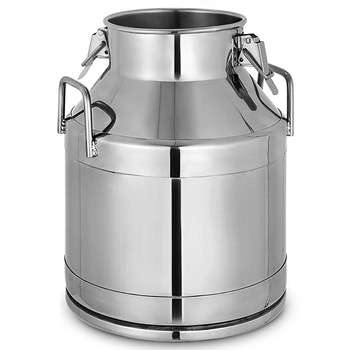
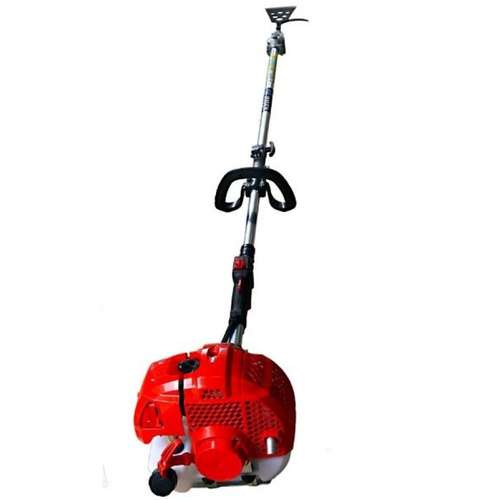
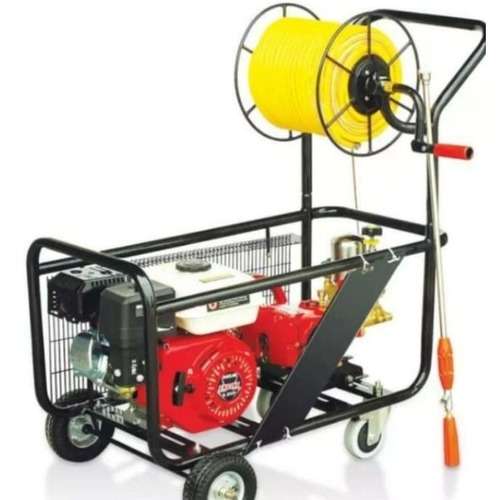
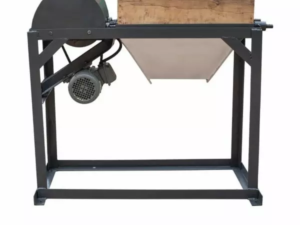
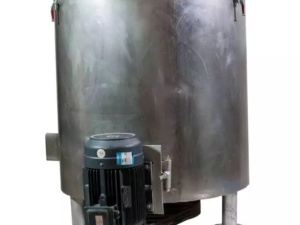
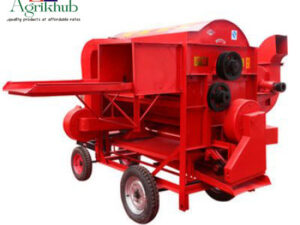
Reviews
There are no reviews yet.